
 The Avengers #1 (Marvel, $3.99)
The Avengers #1 (Marvel, $3.99)
By Jeb D.
Unlike a lot of folks, I’ve rather enjoyed what I’ve read of the recent “dark” version of the Marvel Universe: I think Norman Osborne has been a hoot, and the prickly interpersonal relationships that often feel contrived among a group of heroes can make for compelling team comics when the group in question is colorfully murderous psychopaths. But the market demands movement, so here we go with The Heroic Age, and wouldn’t you know it: it’s being launched with a new Avengers book written by—of all people—Brian Bendis; you did NOT see that coming.
Anyway, the new status quo has Steve Rogers as a sort of Secretary of Super Defense, and following an intriguing opening sequence that’s a nice piece of misdirection, he’s reassembling The Avengers. Bendis takes us along on the recruiting trips (which go pretty well… mostly), and shows us the particular hook Rogers uses to bring each character into the fold. We get some usual suspects (Thor, Iron Man), the now-inevitable flagship characters (Spidey, Wolverine), and the “Huh?” factor of Clint-Barton-back-to Hawkeye and Bucky-Barnes-who-is-STILL-Captain-America. And some others. The attempt to carry on the Civil War divisions between Rogers and Tony Stark feel forced, and for all that Bendis seems to be a funny guy in real life, his Spidey wisecracks always seem to fall flat.
But if the character work isn’t his best, Bendis has a pretty decent story underway here. After sorting out the new membership, Rogers surprises the group with his choice for a team leader, and they’ve barely reacted when an old foe smashes their way into the meeting with some pretty startling bad news. It’s a good generator for the plot, but the way it’s handled feels a bit lazy: the threat that paralyzes the team is conveniently the greatest one they’ve ever faced, and half a page is then spent explaining (not very convincingly) why they can’t take the most obvious path to resolve it. But it’s easy to forgive that as the issue wraps up with a couple of genuinely surprising reveals, and a lead-in to something that might actually present a serious challenge to this high-powered group.
I tend to admire John Romita Jr’s work ethic more than I enjoy his art, but he does bring his full Kirby game to the table for this issue, and what action there is (not that much) is (literally) smashing. He’s not my go-to guy for Bendis conversation, though, and his Steve Rogers looks like an emaciated refugee from a Rob Liefeld book. There’s also some bonus art and text pieces.
I honestly don’t know how many Avengers series are going to be published going forward, but I assume this one will remain the book of record, and on that basis, I expect it will continue to be entertaining. But if The Heroic Age means we’re back to “smash-the-villain-of-the-month,” I can’t see it being what I’d call “essential.”



 Legion of Super-Heroes #1 (DC Comics, $3.99)
Legion of Super-Heroes #1 (DC Comics, $3.99)
by Graig Kent
At this stage of my comics reading “career” I’ve lost count of how many revamps, relaunches and retcons the Legion of Super-Heroes (the title and the characters) has undergone, but if you haven’t been reading the Legion since approximately 1989, the good news is it’s back in the hands of the writer you’re familiar with and the characters as you (sort of) remember them. In the less absurd scenario that you’ve either not read the Legion at all, or have only lived through one or two of the revamps from the past decade, this new series – written by Paul Levitz, who had a 22-year run with the characters starting in 1977 – picks up where the storyline “Superman and the Legion Of Super-Heroes” left off (which itself was trying to pick up where Leviltz left off in ’89). If you’re confused already then this isn’t the comic for you. But if you’ve read and enjoyed any comic that’s featured the Legion in the past three years (including “the Lightning Saga” or “Legion of 3 Worlds”) then you’re pretty much good to go. Levitz, whose writing output over the past two decades was sporadic at best, is in surprisingly peak form here, writing the characters he defined with a natural ease and familiarity as well as taking all of Geoff Johns’ recent additions and running with them in a bold new direction (did I just type that? *groan*). His story here is clever, dramatic and engaging, with the conflict going beyond just standard fight sequences into nuanced (if not exactly subtle) territory. The art by newcomer Yildiray Cinar (inks by veteran Wayne Faucher) is solid, classic even, superhero work, with a great eye for details (real and futuristic). This isn’t revolutionary or groundbreaking but it’s 40 pages of great entertainment with the promise of more to come, and isn’t that what we ask for out of our comics?





 Atlas #1 (Marvel Comics, $3.99)
Atlas #1 (Marvel Comics, $3.99)
by Adam Prosser
Many of DC’s superheroes have been published consistently since the 30s, meaning that the DC universe has been more or less in its current form since that time. Marvel is in a somewhat more complicated position; they’re just as old as DC as a publisher, but the company as we know them really only took shape in the early 60s. Some of the characters from the years prior have been dug up and added to the “proper” Marvel universe, but there are still some creations floating around in Marvel’s back catalogue, lost in time and largely ignored, but ready to be rediscovered. Jeff Parker did so in the entertaining Agents of Atlas miniseries, introducing us to six highly disparate characters who dated back to the 50s (when Marvel was called Atlas, you see). The miniseries itself was standard superhero team stuff, albeit with a highly entertaining new group of characters, but it ended with an interesting twist wherein the Agents ended up taking over the “evil” organization they had been attempting to defeat. The continuing series then told the story of these heroes maintaining the façade of a group of evil puppetmasters while secretly attempting to do good…possibly in spite of some of their underlings. (Yes, it’s a little like the final season of “Angel”.)
The series was briefly cancelled, but now it’s back as simply “Atlas”, riding some of the heat from a series of crossovers; Atlas member Namora in particular has been a key Marvel player for a year or so now. Everything seems to be in order to pick up where we left off, but with one problem. This issue isn’t about the Agents of Atlas.
Writer Parker has chosen to build this issue around another character, another 50s Marvel character named The 3-D Man (back in the 50s, the gimmick was that his comics were in 3D and could be viewed with special glasses). Putting aside his inherent goofiness (if that’s even possible—this is a pretty freaking goofy character) the problem is that we have nothing invested in this guy. Yeah, I realize that he’s supposed to be our entry point into the world of the Atlas characters, but having them only really show up at the end leads to a dreadfully dull issue with none of the group dynamics and weirdness of the prior series. Even the action is pretty lame. An issue of Atlas with no dialogue from Gorilla Man isn’t really an issue of Atlas at all as far as I’m concerned. (OK, OK, there’s a short backup feature with the main characters, but that’s too little, too late for me.)
It’s entirely possible that this comic will get back to what it’s supposed to be in the next issue; with any luck this is a temporary glitch. But I do have the lingering worry that Marvel editorial is trying to make this title more like the other stuff they’re publishing—i.e. talky, dull, and decompressed. And “realistic” of course. Because heaven forbid a comic book should feature aliens, goddesses, robots, and talking gorillas. What is this, the 50s? Comics aren’t supposed to be fun anymore!



 Scalped Vol. 6 “The Gnawing” TPB (Vertigo, $14.99)
Scalped Vol. 6 “The Gnawing” TPB (Vertigo, $14.99)
By Devon Sanders
I’m not even going to try and convince you. I’m just going to write these words. “Scalped” is the best comic… no… literary fiction being published right now. Scalped is literature. I’m not saying it’s literature in order to somehow exaggerate its importance. Scalped is published in comic form, that’s true but comics, when you really get down to it, are what they are: ideas rendered in two dimension. In the wrong hands; limited, in the right hands; limitless. Scalped has transcended onto someplace only it can go. Scalped is the comic, actualized. In Scalped Vol. 6, “The Gnawing,” lines are crossed, the past is always ahead of you, the wrong hands are shook and the devil gambles with the souls of the Prairie Rose Indian Reservation. Writer Jason Aaron creates fully realized characters whose every word and every action mimics the eloquence of poetry and within the time it takes the eye go from left-to-right, hit with the force of a roll of quarters, wrapped tight within a closed fist. Artist R.M. Guera is just… wow. He’s a creator, in every sense of the word. He design scenes rich in detail with facial expressions whose sole reason for existence is simply to enhance the dialogue. And don’t even get me started on his layouts and composition, every line placement has purpose, contributing to feeling that this is happening somewhere in our world, right now. Special kudos to series colorist Giulia Brusco for giving this book its tone. This is going to sounds crazy but her colors make you feel the setting. Every panel feels as if it were colored with blood, smoke, dirt and gun oil. Simply henomenal. “The Gnawing,” feels like the sixth movement within an overture. It is beautiful, raw and yet fully formed. It is art.









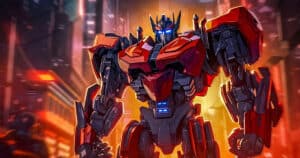
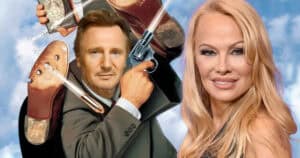
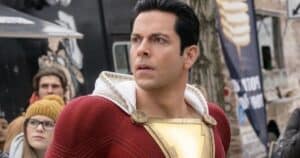
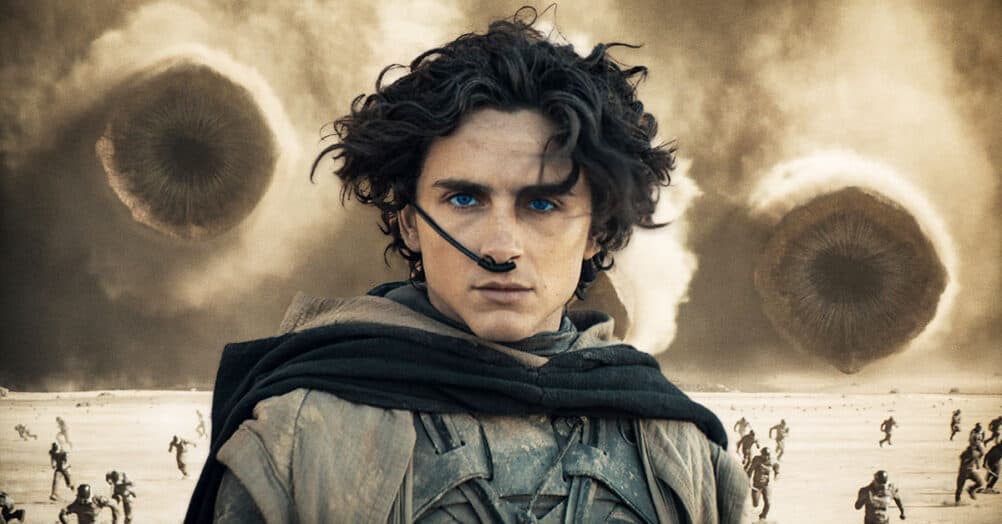
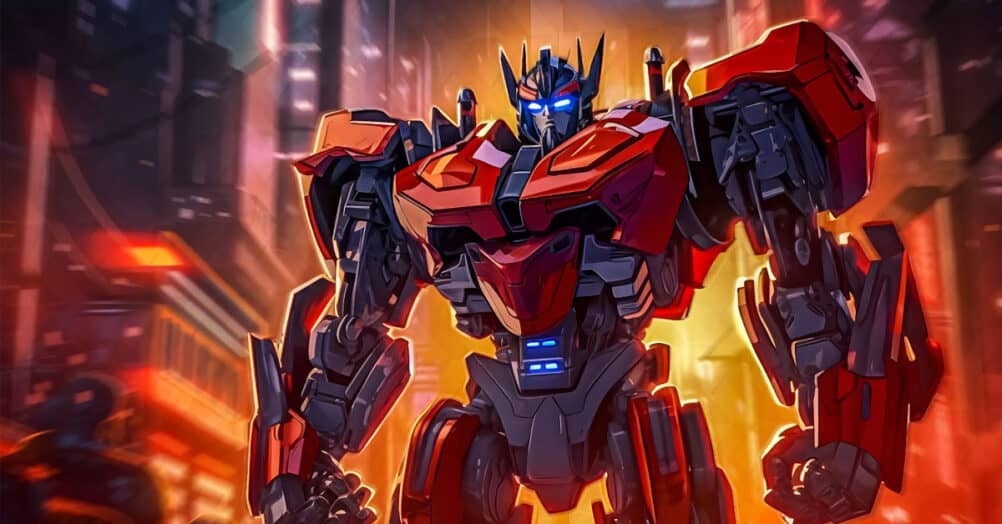
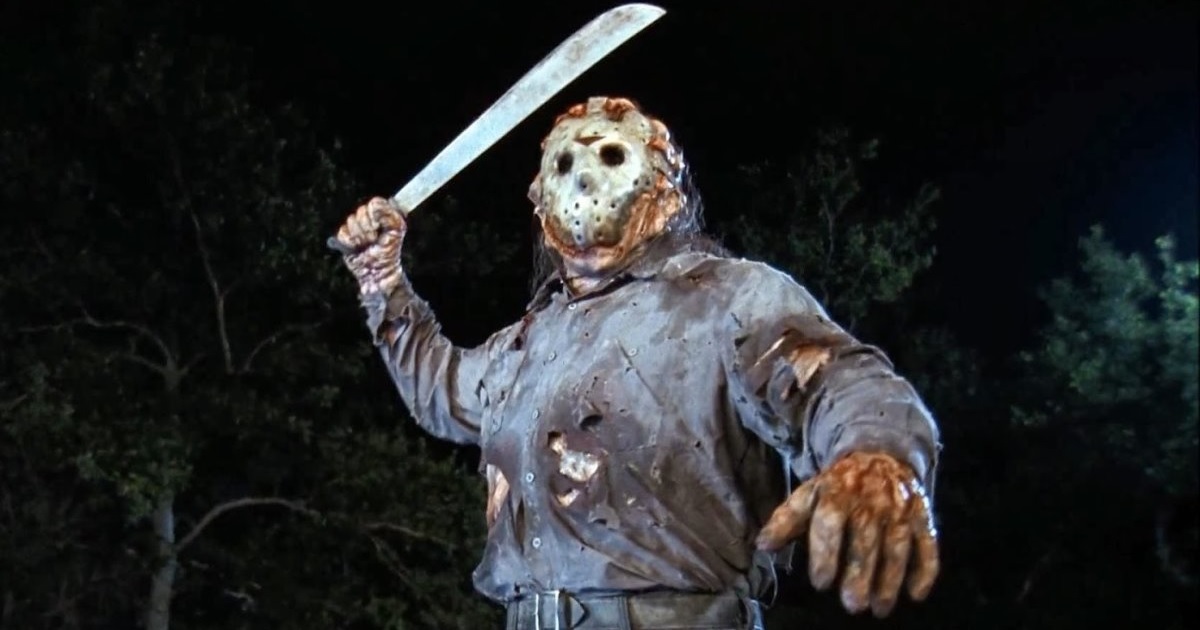

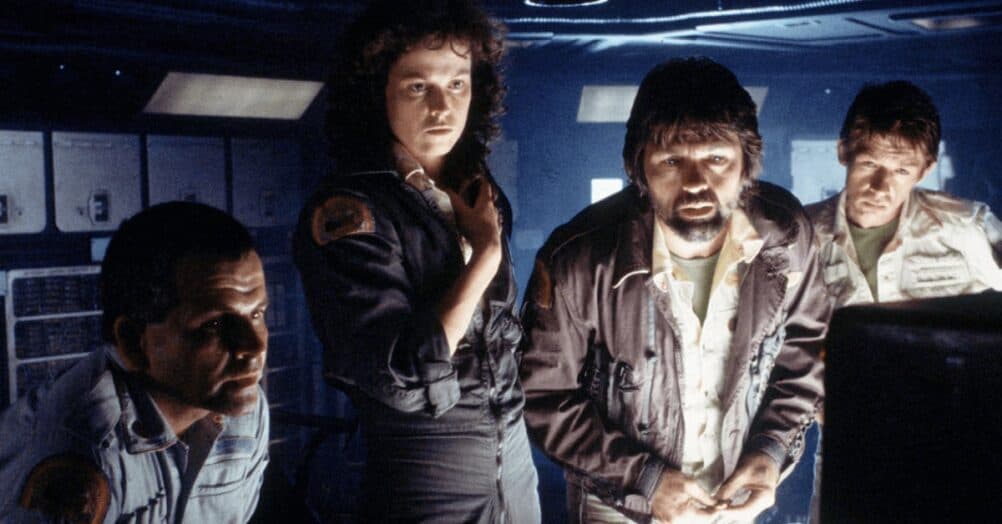
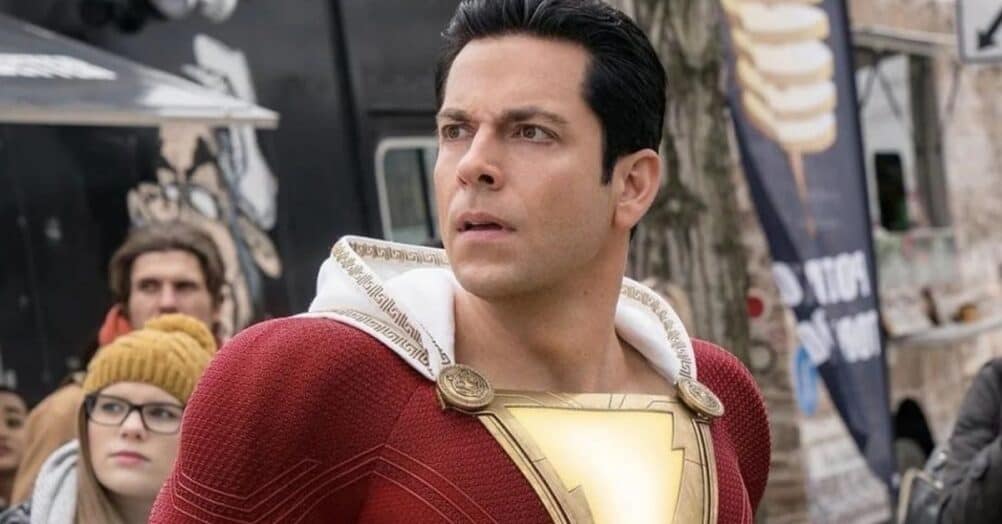
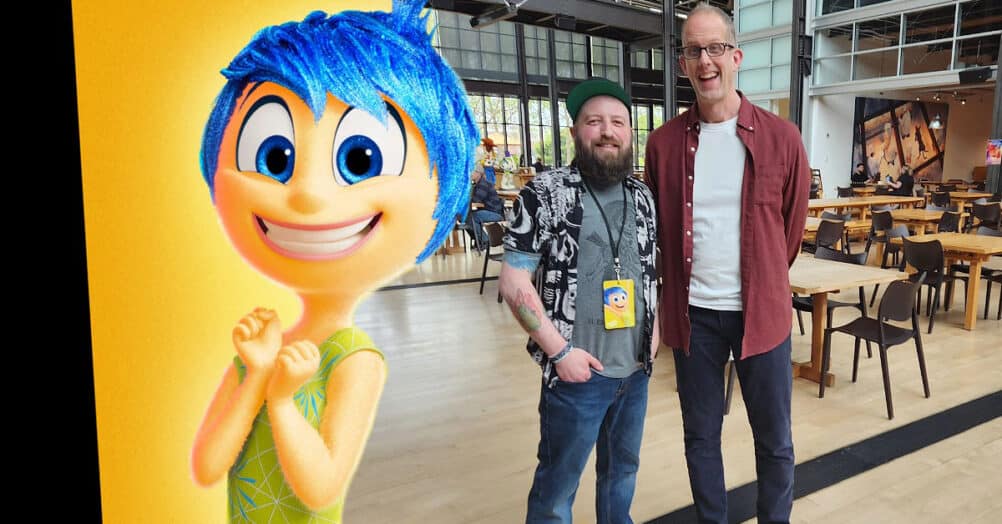

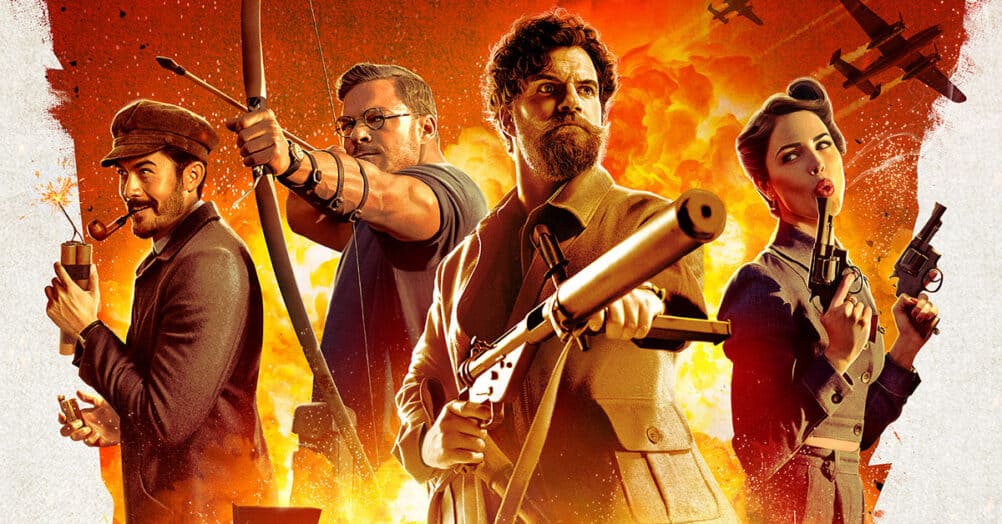

Follow the JOBLO MOVIE NETWORK
Follow us on YOUTUBE
Follow ARROW IN THE HEAD
Follow AITH on YOUTUBE